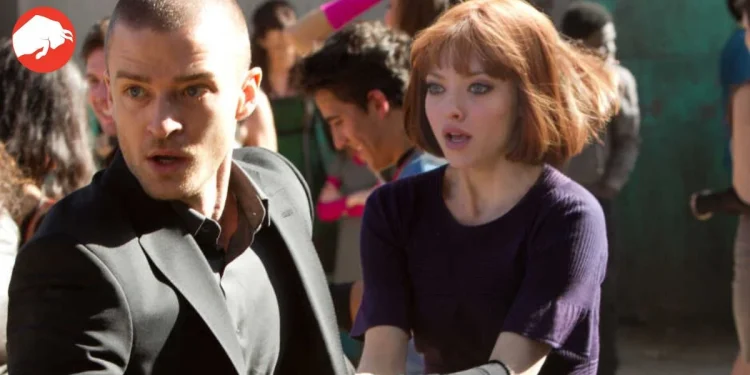Breaking Down “Original Science Fiction”
When one hears the term “original science fiction,” it often brings to mind something unprecedented or previously unexplored. But is it really about being entirely novel? For instance, the film Interstellar might be branded as “original,” but its roots can be traced back to classics like 2001: A Space Odyssey. Similarly, when speaking of The Creator, the shadow of The Terminator isn’t too far behind. Yet, amidst this backdrop, filmmaker Andrew Niccol stands out. His creativity, even when imperfect, always brings something fresh to the table, like his 2011 masterpiece, In Time, which introduced a world where time is the most prized possession.
“My philosophy would be to just take a Rick and Morty adventure, and spend a bunch of extra money on it and make it 90 minutes long. Not to try to earn its feature status by virtue of canonical dramatic tone shifts or anything like that, but rather to just make it a super badass episode of Rick and Morty.”
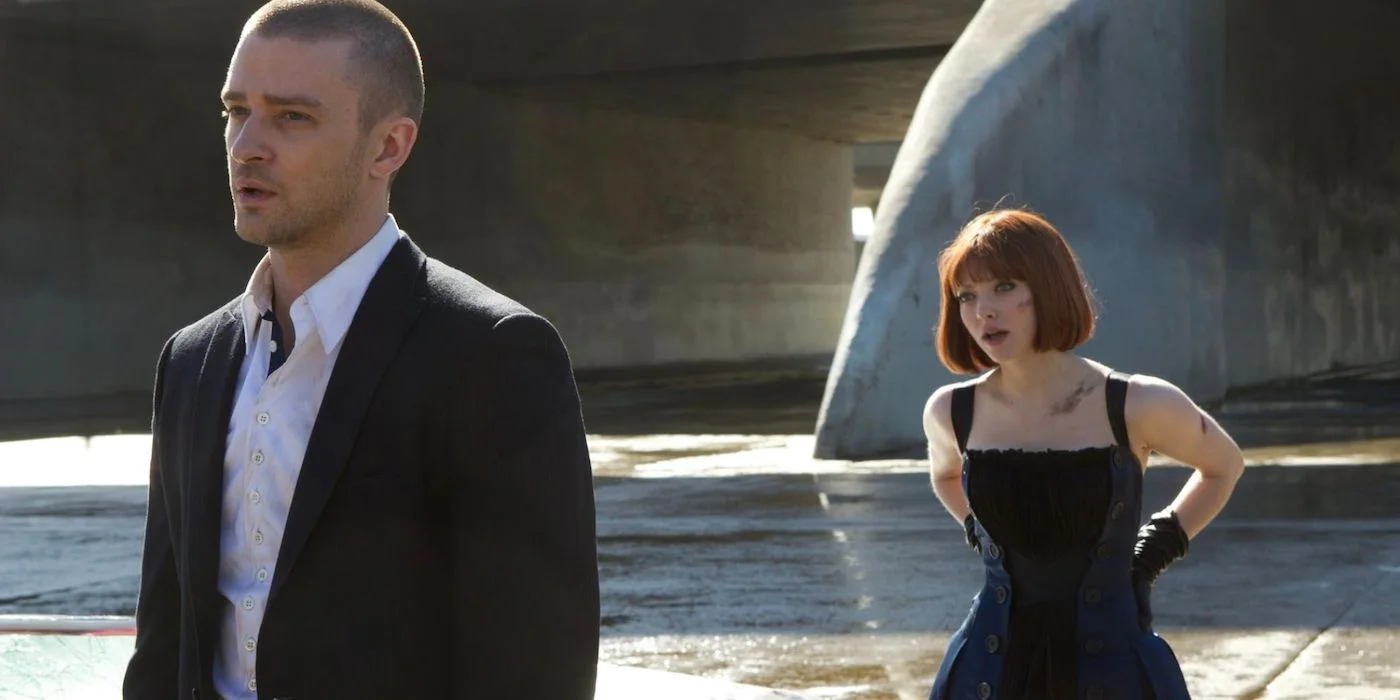
“In Time”: Beyond Just a Clock Tick
Set in 2169, In Time imagines a society where people are genetically engineered to stop aging at 25. After this, they’re given just one more year to live. More than just a modern-day Logan’s Run, this movie delves into socio-economic disparities, painting a vivid picture of a world where life’s length is determined by one’s wealth.
“I think less is more there because then we can let our animators go nuts, and the animation can be fancier and there can be crazy sequences and stuff.”
As the story unfolds, Justin Timberlake’s Will Salas discovers that a privileged community, New Greenwich, has been hoarding time, making life a luxury only the rich can afford. But it’s not just about an underdog fighting the system. It’s about a system so corrupt that it kills those who can’t keep up.
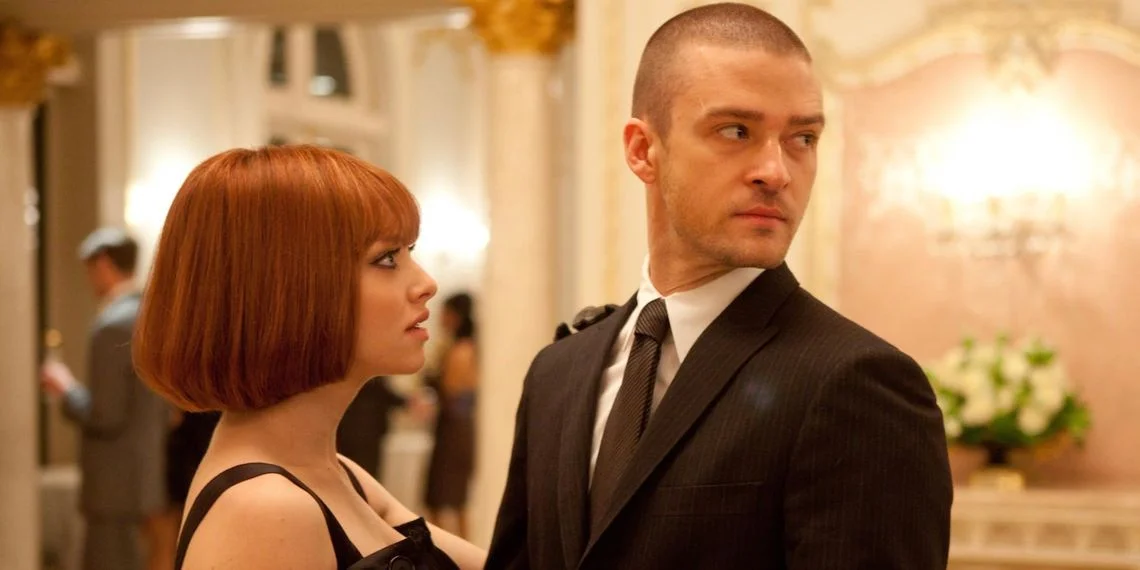
The Strength of Characterization
The heart of In Time lies in its characters. While Timberlake’s portrayal of Salas is commendable, his character would fall flat without the ensemble that surrounds him. Enter Sylvia Weis, played by Amanda Seyfried. She’s not just a mere “femme fatale” but someone who bridges the gap between two contrasting worlds. Their pairing – Will’s desperation to survive and Sylvia’s existential crisis amidst plenty – provides the emotional backbone of the story.
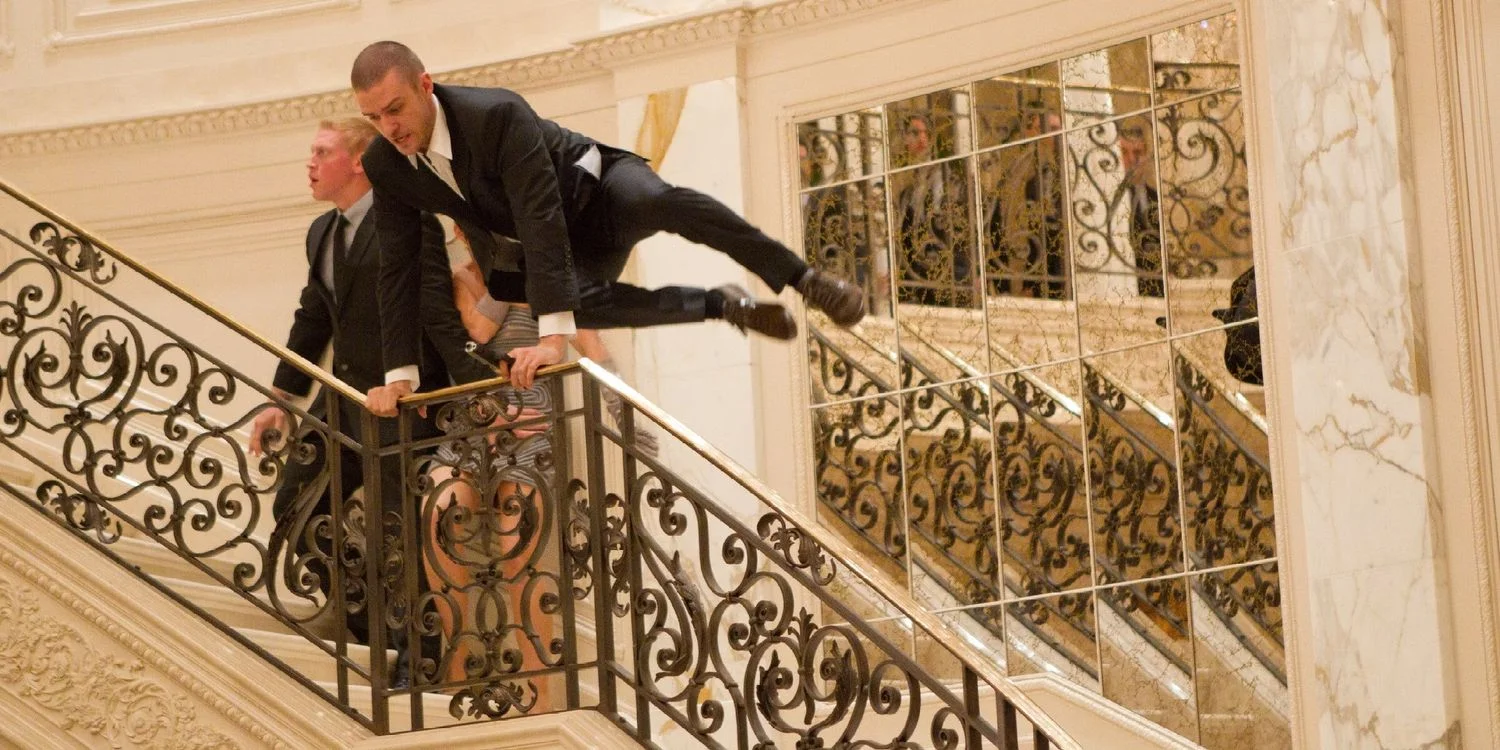
But where there are heroes, villains are never too far behind. Cillian Murphy‘s Raymond Leon is a testament to that. Representing the oppressive system, he is more than just a faceless antagonist. His journey from the ghettos to becoming the timekeeper for the elite of New Greenwich reflects the film’s underlying message of socio-economic divide.
“It’s best that way, because I don’t think it should be this canonical thing that relies on the series to do things and changes everything after that.”
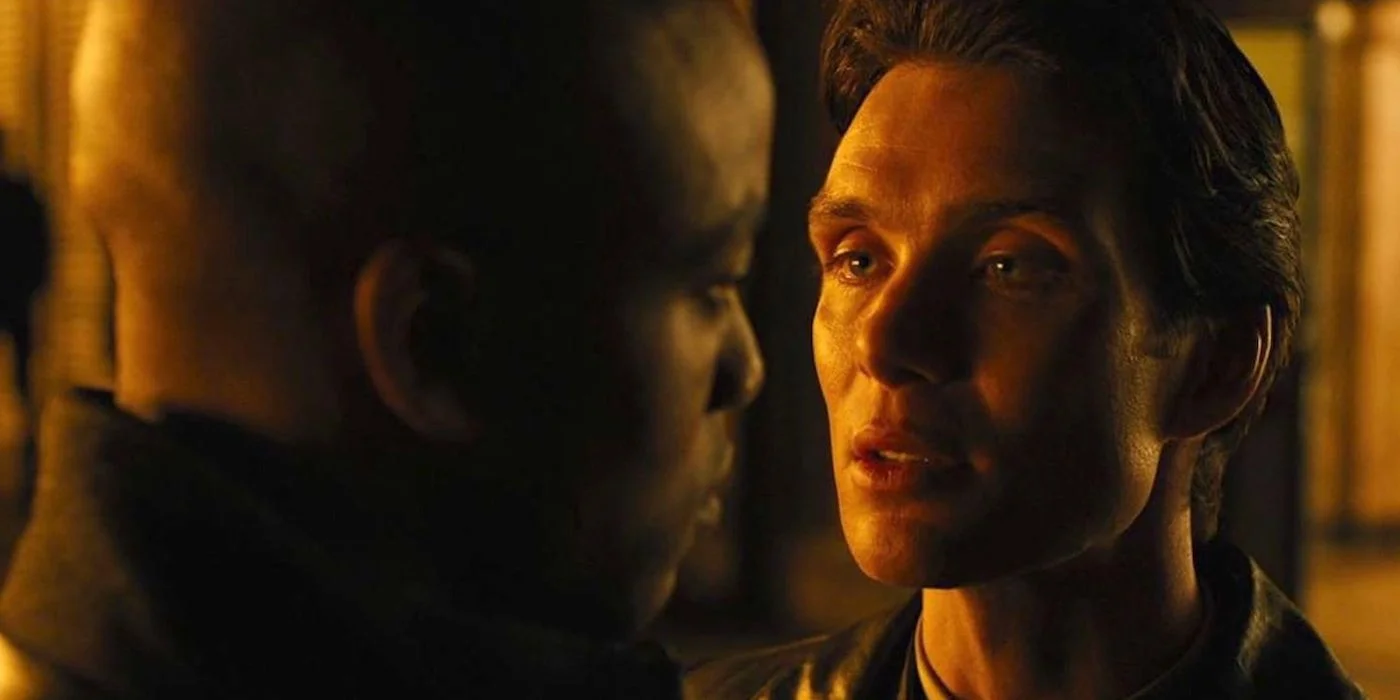
A Sci-fi Gem Standing the Test of Time
A decade since its release, In Time feels like a relic from an era where high-concept sci-fi films were the norm. Despite certain inconsistencies, its continued popularity on streaming platforms is proof of its enduring charm. In an age where originality is often compromised, Niccol’s vision stands tall, ensuring that In Time will never truly run out of its moments in the sun.


